Last updated 10/2022
MP4 | Video: h264, 1280×720 | Audio: AAC, 44.1 KHz
Language: English | Size: 2.23 GB | Duration: 11h 41m
CISM by Hemang Doshi
What you’ll learn
Certified Information Security Manager ( ISACA – CISM) Lectures
This course contains all the 4 domains of CISM Review Manual
Candidate will able to understand practical aspects of Information Security requirements of the organizations
Candidate will able to confidently attempt and pass the CISM exam
Requirements
No prior knowledge or experience is required. We will teach you everything from basics to pass the CISM Exam.
Description
This course is designed on the basis of official resources of ISACA. It covers all the 4 domains of CISM Review Manual. Topics are arranged segment wise and aligned with latest CISM Review Manual.Course is designed specifically for candidates from non-technical background. Video contents are designed after considering three major aspects:(1) Whether content has capability to engage the audience throughout?(2) Whether content is able to convey the meaning of CISM Review Manual (CRM) in a effective manner.(3) Whether video has capability to make audience understand and retain the key aspects for a longer duration.Features of this course are as follow:This course is designed on the basis of official resources of ISACA.Course is designed specifically for candidates from non-technical background.Topics are arranged segment wise and aligned with latest CISM Review Manual. Exam oriented practice questions and practical example for CISM aspirants.Flashcards based learning mode.Use of smartarts for easy learningMore than 700 plus practice questions Please use this course as a supplement to ISACA’s resources. This course will help you to decipher the technicities used in official resources. This course is specfically designed for the candidates from non IT background. We have used simple and plain English for the benefits of the candidates from non – English speaking countries.
Overview
Section 1: Domain 1 – Information Security Governance
Lecture 1 1.1A – Information Security Governance
Lecture 2 1.1B – Governance Framework
Lecture 3 1.1C – QAE 1 – Information Security Governance
Lecture 4 1.4 – Retention of Business Records
Lecture 5 1.5 – Organization structure
Lecture 6 1.5A – Centralized and Decentralized Functions
Lecture 7 1.6A – Information security roles and responsibilities
Lecture 8 1.6B – Key Aspects – Information security roles and responsibilities
Lecture 9 1.6C – QAE 1 – Information security roles and responsibilities
Lecture 10 1.7 – Maturity model
Lecture 11 1.8A – Information security governance metrics
Lecture 12 1.8B -QAE – Information security governance metrics
Lecture 13 1.9A – Information security strategy and plan
Lecture 14 1.9B – Key Aspects – Information security strategy and plan
Lecture 15 1.9C – QAE – Information security strategy and plan
Lecture 16 1.13 – Enterprise information security architecture
Lecture 17 1.14 – Awareness and education
Lecture 18 1.15 – Governance, Risk and Compliance
Lecture 19 1.16A – Senior management commitment
Lecture 20 1.16B – Key Aspects – Senior management commitment
Lecture 21 1.16C – QAE 1 – Senior management commitment
Lecture 22 1.17A – Business Case and Feasibility Analysis
Lecture 23 1.17B – Key Aspects – Business Case and Feasibility Analysis
Lecture 24 1.17C – QAE 1 – Business Case and Feasibility Analysis
Lecture 25 1.18A – Governance of third-party relationships
Lecture 26 1.18B – Key Aspects – Governance of third-party relationships
Lecture 27 1.18C – QAE 1 – Governance of third-party relationships
Section 2: Domain 2 – Information Risk Management
Lecture 28 2.1A – ISACA’s Thinking Hat
Lecture 29 2.1B – Risk Management Overview
Lecture 30 2.2A – Risk Management Strategy
Lecture 31 2.2B – Risk Capacity, Appetite and Tolerance
Lecture 32 2.4A – Risk Assessment
Lecture 33 2.4B – Risk Analysis Methodologies
Lecture 34 2.4C – QAE 1 – Risk Assessment
Lecture 35 2.5 – Information asset classification
Lecture 36 2.6A – Asset Valuation
Lecture 37 2.6B -QAE – Asset Valuation
Lecture 38 2.7A – RTO & RPO
Lecture 39 2.7B – SDO MTO AIW
Lecture 40 2.8 – Outsourcing and Third Party Service Provider
Lecture 41 2.10A – Change Management
Lecture 42 2.10B – QAE – Change Management
Lecture 43 2.11A – Patch Management
Lecture 44 2.11B – QAE – Patch Management
Lecture 45 2.12A – Security Baseline Control
Lecture 46 2.12B – QAE – Security Baseline Control
Lecture 47 Flashcards – Understanding the Risk
Section 3: Domain 3 – Information Security Program
Lecture 48 Chapter 3.1A – Defense in Depth
Lecture 49 Chapter 3.1B – Information Security Program Development Management
Lecture 50 3.2 – Information Security Program Objective
Lecture 51 3.3A – Information Security Framework Components
Lecture 52 3.3B – QAE – Information Security Framework Components
Lecture 53 3.4A – Key Aspects – Information Security Program Road Map
Lecture 54 Chapter 3.4B – QAE – Information Security Program Road Map – Copy
Lecture 55 3.5A – Information Security Policy, Standard and Procedures
Lecture 56 3.5B – QAE – Information Security Policy, Standard and Procedures
Lecture 57 3.6 – Security Budget
Lecture 58 3.7A – Key Aspects – Security Program Management and Administrative Activities
Lecture 59 3.7B – QAE 1 – Security Program Management and Administrative Activities
Lecture 60 3.8 – Privacy Laws
Lecture 61 3.9 – Information Security Architecture
Lecture 62 3.10A – Architecture Implementation
Lecture 63 3.10B – QAE – Architecture Implementation
Lecture 64 3.11A – Identity & Access Control
Lecture 65 3.11B – Key Aspects – Identity & Access Control
Lecture 66 3.11C – QAE – Identity & Access Control
Lecture 67 3.12 – Biometrics
Lecture 68 3.13 – Factor of Authentication
Lecture 69 3.14 – Wireless Networks
Lecture 70 3.15 – Different Attack Methods
Lecture 71 3.16 – Cloud computing
Lecture 72 3.17A – Fail ‘Open’ Fail ‘Close’
Lecture 73 3.17B – Key Aspects – Controls and Countermeasures
Lecture 74 3.17C – QAE 1 – Controls and Countermeasures
Lecture 75 3.18 – Vulnerability Assessment & Penetration Testing
Lecture 76 3.19A – Key Aspects – Security Program Metrics and Monitoring
Lecture 77 3.19B – QAE 1 – Security Program Metrics and Monitoring
Lecture 78 CISM Flashcards – Domain 3
Section 4: Domain 4 – Incident Management
Lecture 79 4.1A – Firewall Types
Lecture 80 4.1B – Firewall Implementation
Lecture 81 4.1C – Proxy / Demilitarized Zone
Lecture 82 4.2A – Intrusion Detection System (IDS) and Intrusion Prevention System (IPS)
Lecture 83 4.2B – Key Aspects – IDS and IPS
Lecture 84 4.3 – Digital Signature
Lecture 85 4.4 – Elements of PKI
Lecture 86 4.5 – Asymmetric Encryption
Lecture 87 4.6A – Phases of Incident Management Life Cycle
Lecture 88 4.6B – SDO-MTO-AIW
Lecture 89 4.6C – Key Aspects – Incident Management Overview
Lecture 90 4.6D – QAE 1 – Incident Management Overview
Lecture 91 4.7A – Incident Response Procedure
Lecture 92 4.7B – QAE – Incident Response Procedure
Lecture 93 4.8A -Key Aspects – Developing Incident Response Plan
Lecture 94 4.8B -QAE – Developing Incident Response Plan
Lecture 95 4.9A – Business Continuity Plan
Lecture 96 4.9B- Disaster Recovery Plan
Lecture 97 4.9C – Business Impact Analysis
Lecture 98 4.10A – Testing Incident Response Plan, BCP and DRP
Lecture 99 4.10B – Key Aspects – Testing Incident Response Plan, BCP and DRP
Lecture 100 4.10C – QAE – Testing Incident Response Plan, BCP and DRP
Lecture 101 4.11 – Executing Response and Recovery Plan
Lecture 102 4.12A Evidence Collection & Forensics
Lecture 103 4.12B – Key Aspects – Post Incident Activities and Investigation
Lecture 104 4.12C – QAE 1 – Post Incident Activities and Investigation
Lecture 105 CISM Flashcards – Domain 4
Information Security Professionals,IT Auditors,Risk Manager
HOMEPAGE
https://anonymz.com/?https://www.udemy.com/course/hemang-doshi-cism/
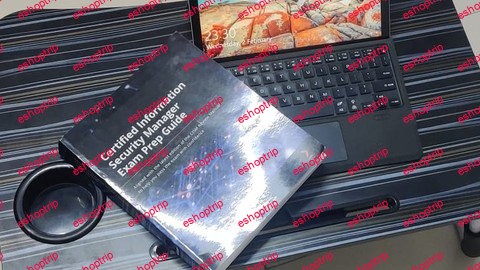



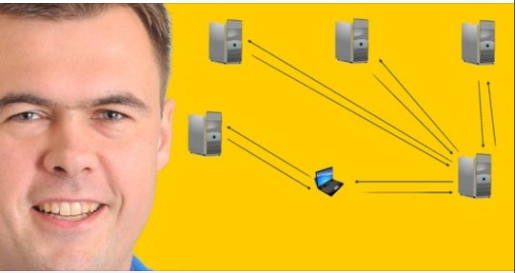
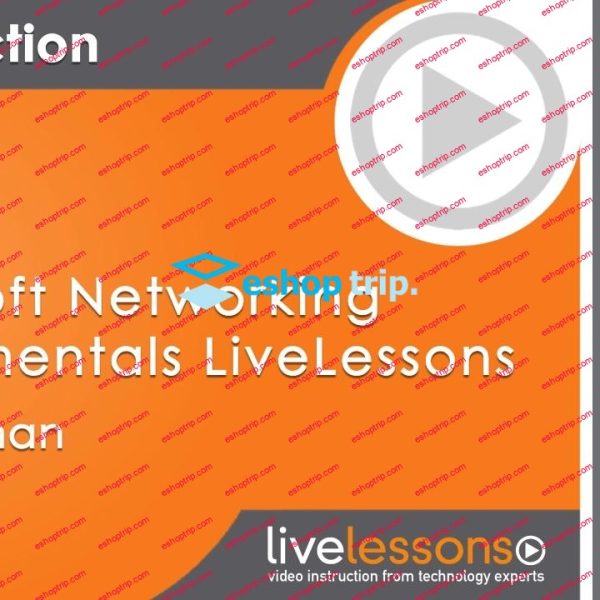
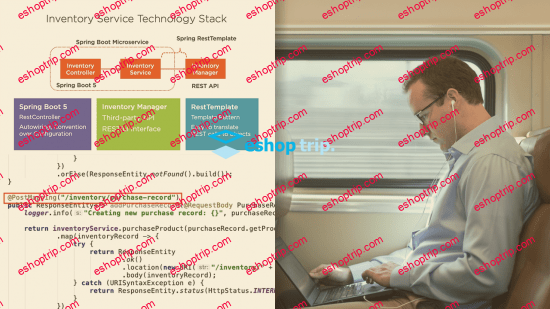

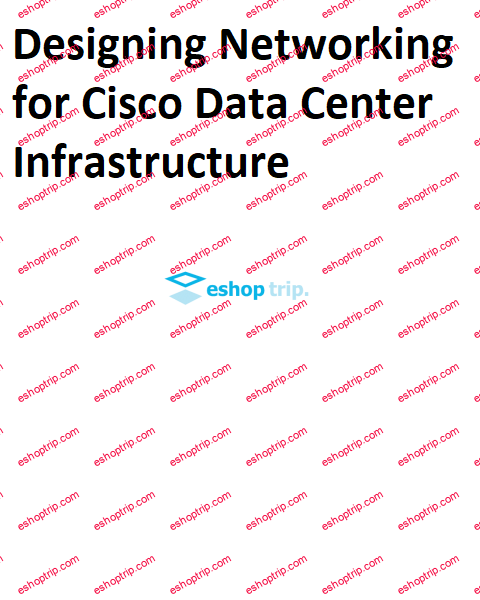

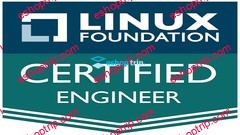
Reviews
There are no reviews yet.